This stencil is in very good condition which is rather rare for his works most stained with moisture.
The colors are very fresh.
This lively scene is superbly treated.
The gouache protected under glass is sold with its original frame.
Dimensions at sight: 61 x 23 cm
Dimensions with frame: 65 x 27 cm
Louis Floutier (1882-1936)
Louis Floutier (1882-1936) was not born in the Basque Country, but in Toulouse, in 1882. It was there, at the School of Fine Arts, that he began his artistic education. Winner of the school, he considers however not knowing enough, and follows with the School of Fine Arts of Paris, of which he will also come out winner. Very quickly, he was rewarded (first logist at the Prix de Rome in 1905, second prize Chevanard...) and began to make a name for himself.
However, the war changed his course. Hired as a volunteer, he decided to put his art at the service of the country and joined the 13th Artillery Regiment and the 1st Engineer, as a camouflage. In 1919, after the war, he did not return to Paris, but settled in Saint-Jean-de-Luz and created, with Lukas and Etienne Vilotte – two artists he knew in the trenches – the art pottery of Ciboure. He worked there for two years, decorating stoneware pottery and creating a new Basque art deco mixing forms and inspirations of ancient Greece with a modern Basque regionalism.
In 1922, he moved alone in a workshop of the Pergola of Saint-Jean-de-Luz and devoted himself to the painting of the Basque Country, its landscapes, its customs and its inhabitants. On his death in 1936 in Saint-Jean-de-Luz, he left behind more than a thousand works, now scattered in private or public collections.


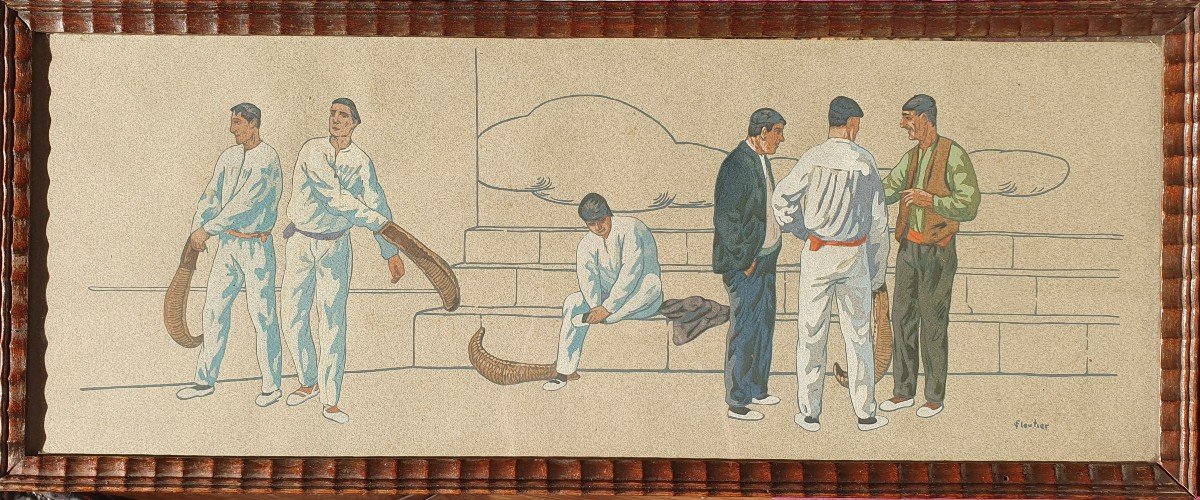
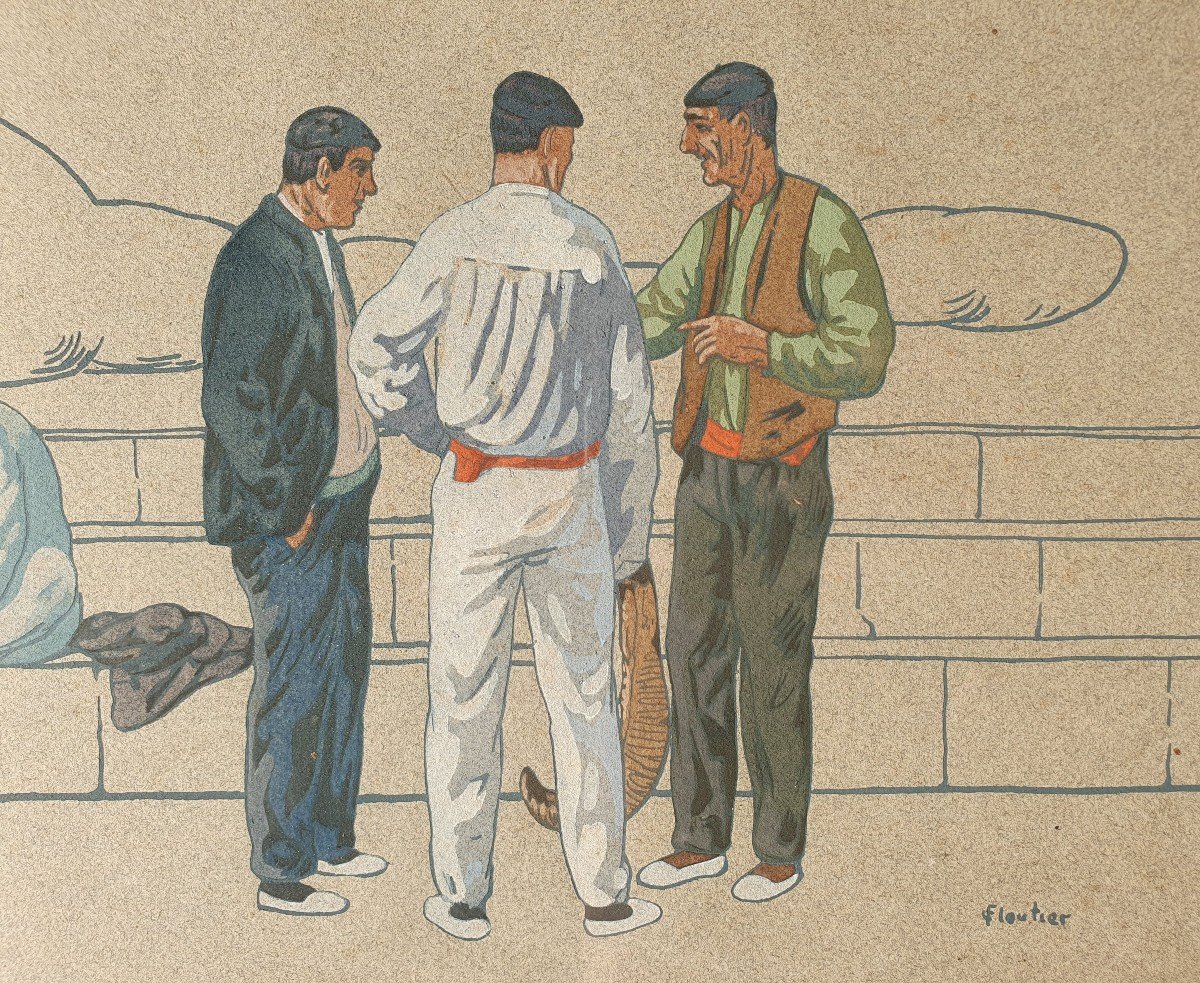
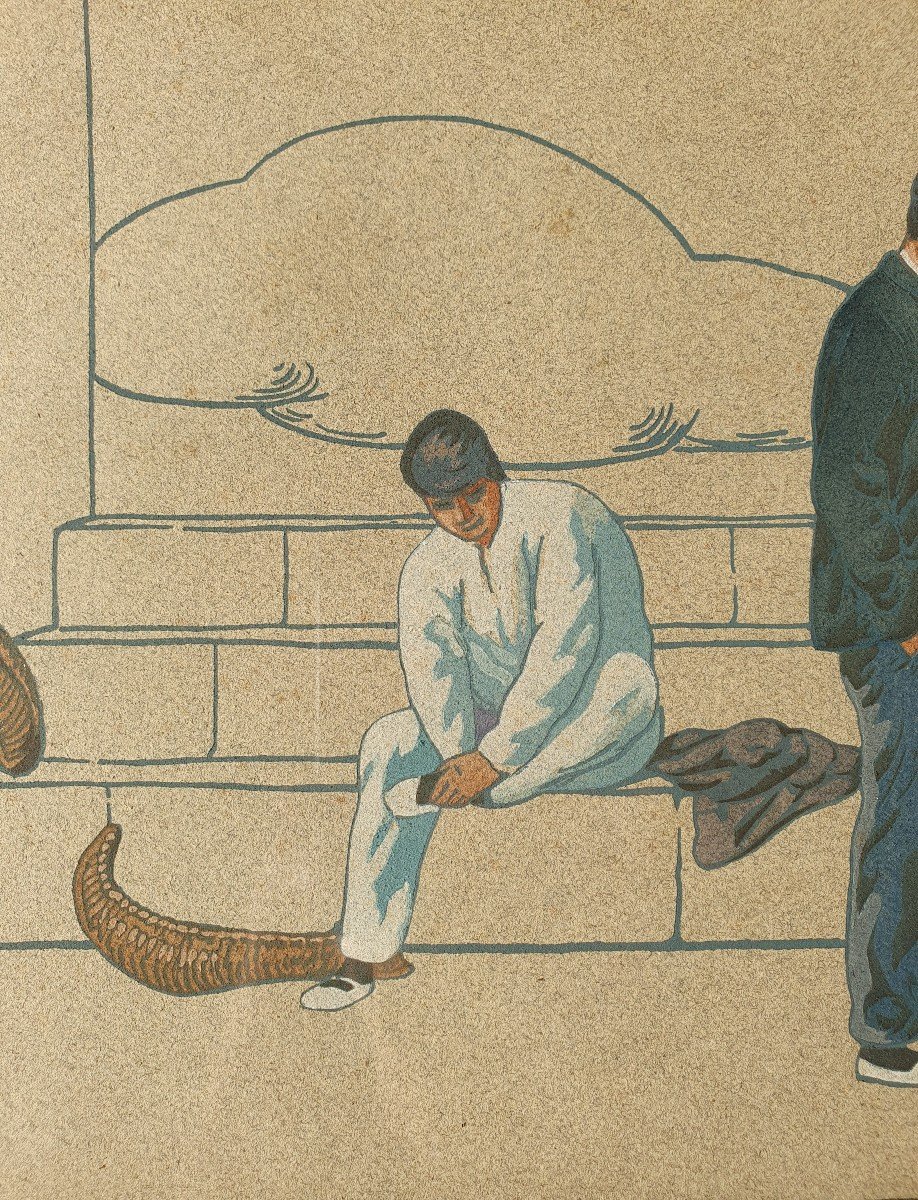
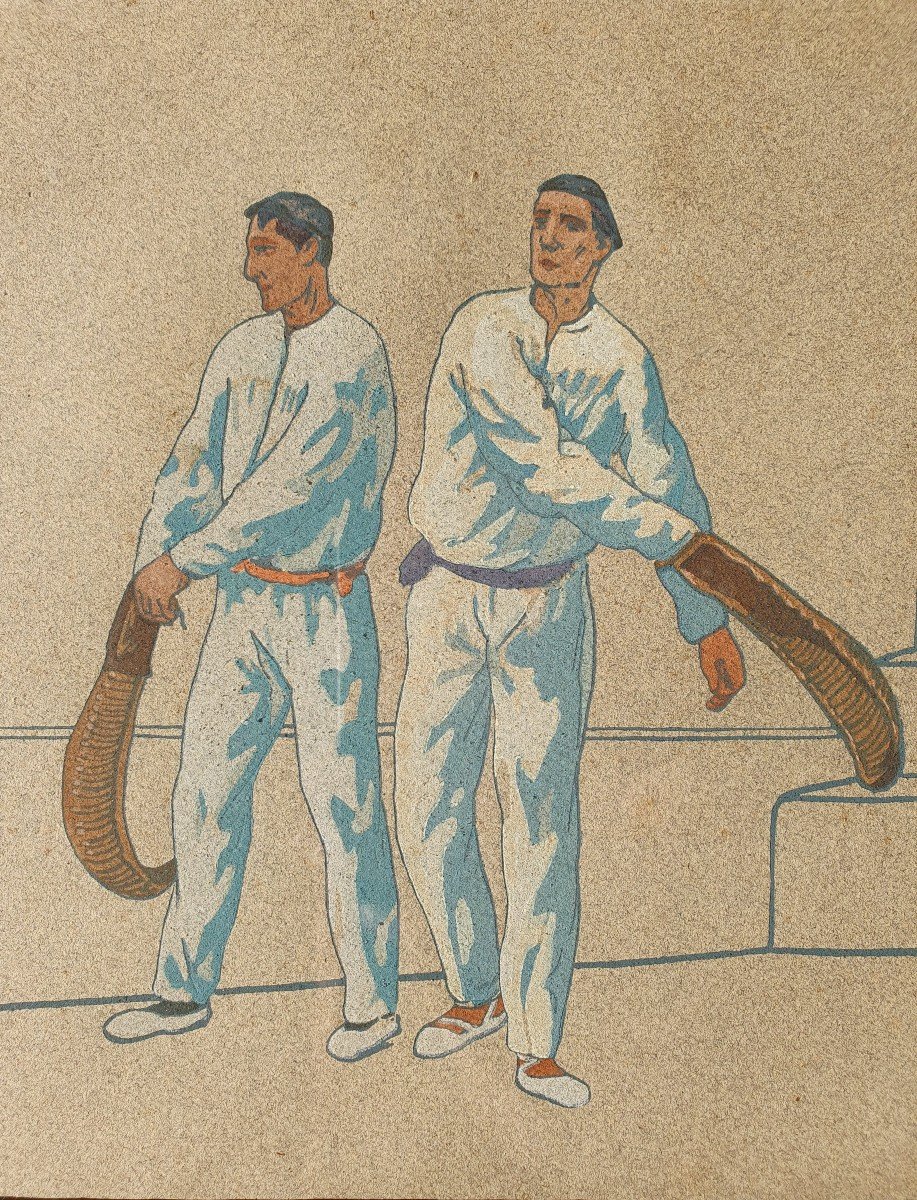








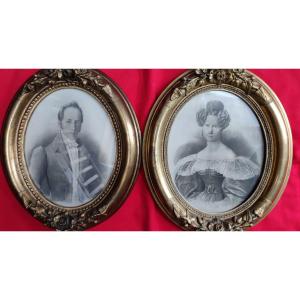



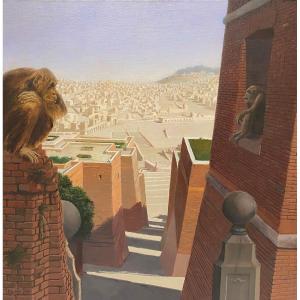

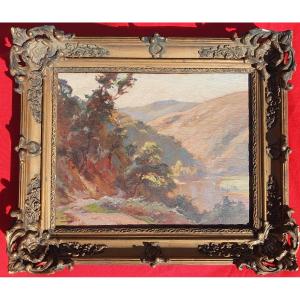
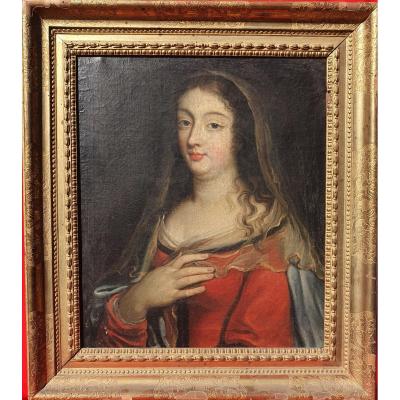



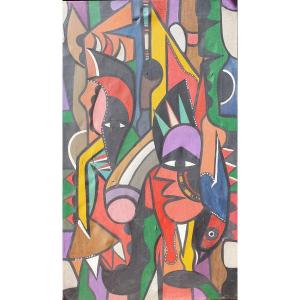

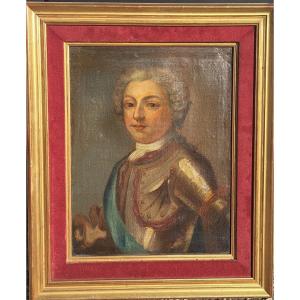

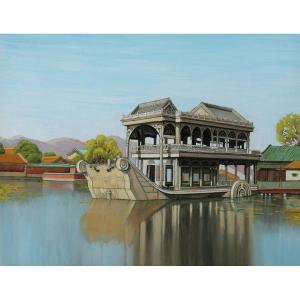
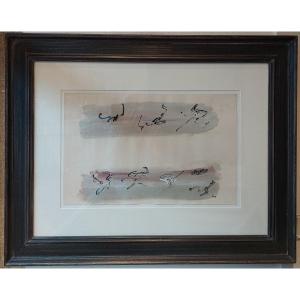

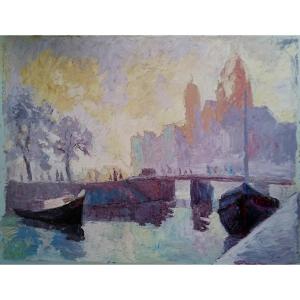



 Le Magazine de PROANTIC
Le Magazine de PROANTIC TRÉSORS Magazine
TRÉSORS Magazine Rivista Artiquariato
Rivista Artiquariato